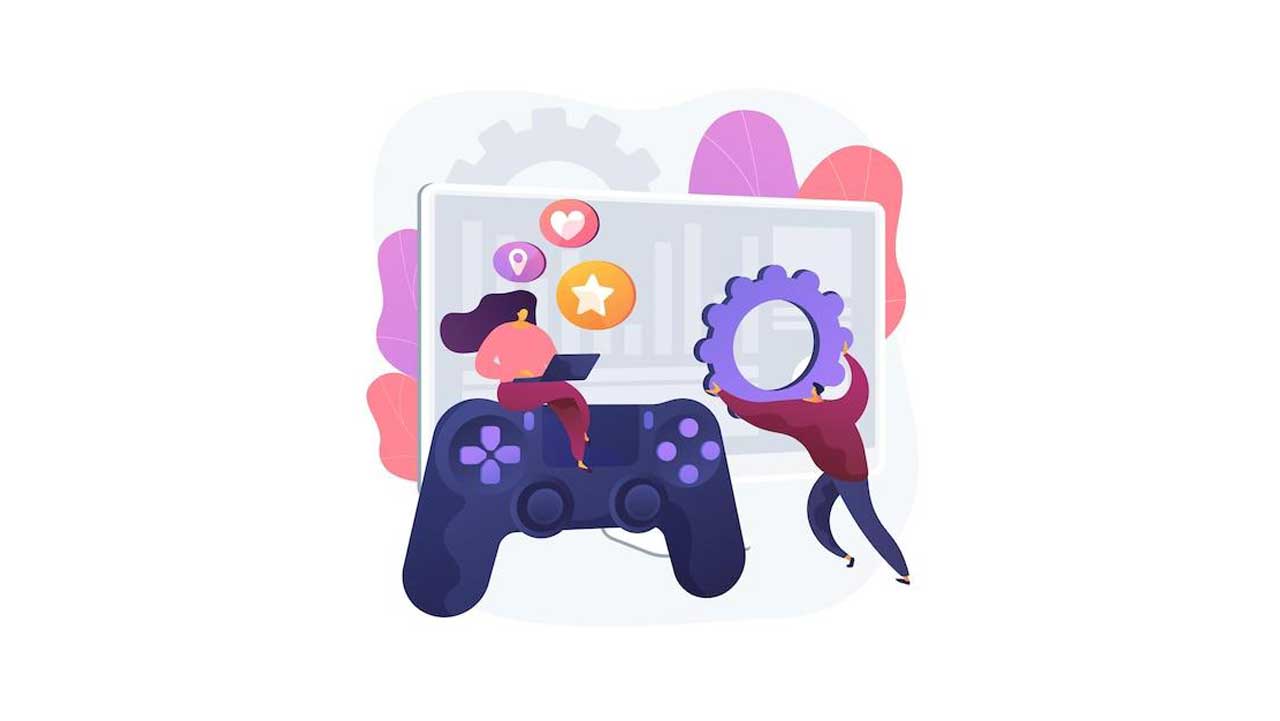Have you noticed how mobile games have changed our daily lives significantly in recent years? Mobile technology and smart devices have dominated the market, and people want their mobile devices to complete all tasks swiftly rather than having to turn on their laptops or computers.
A bug can doubt an app’s reputation and instantly destroy a company when a billion devices are associated. So before the game is made available to the general public, testers try to find these issues. A qualified game testing company is needed for this job to find errors and flaws in the gaming application.
Every web, mobile, and desktop game needs high caliber and is geared toward the consumer. Working with expert testers shields your company from customer complaints and unfavorable evaluations of your game app.
Table of Contents:
Game Testing Methods: Category and Subtypes
The mobile game market thrives, and billions rely on them. As a result, mobile game testing is critical to the success of the game app industry.
Overall, there are two categories a testing company undertakes when it comes to mobile game testing: functionality and non-functionality testing. However, it sorts into multiple subtypes:
Functionality Game Test
Functional testing is a process used to determine whether a game is operating as intended and to identify any bugs or problems that may negatively impact the user experience.
Game testing for interoperability
The emphasis of interoperability testing is on how a game interacts with other programs. It addresses all issues with compatibility, such as feature accessibility, poor performance, and communication delays.
Interoperability is for multiplayer games that use sophisticated device functions.
Regression
This test is complete after a significant code update to ensure that the update did not negatively impact existing functionality, such as breaking a feature. The goal is to ensure that the code is still functional.
Stability Testing
It is critical to test for stability after a code update. However, it is a simple evaluation that looks at fundamentals such as UI responsiveness and is frequently performed just before regression testing. It is considered best practice to do it every day of the project.
Security Game Testing
It checks for untrusted entry points that could allow someone access to the game’s server-side or other restricted features or components.
This type of testing affects the user experience. It must run it at least once before beginning to release and again after each post-launch update.
Accessibility
It assesses a game app’s usability and user satisfaction in various geographical areas. It ensures that, unless otherwise specified, the same capabilities and features are available in multiple locations. It should convey the language and cultural context.
Beta Testing
It is the final stage of functionality testing, identifying bugs and glitches. Through it, you can gain a new perspective on the player experience and gather insightful customer feedback on potential improvements.

Non-Functionality Game Test
This category includes game features not covered by functional testing, such as performance, expandability, and usability testing. Let’s take a look at the different types:
App Performance Test
The game app’s battery, memory, and frames per second usage are all tested as part of its performance. It can also evaluate the game’s sensitivity to changes in network access and client/server response times.
Game Load Testing
Although it is similar to performance testing, the goal is distinct. Game restrictions, crashes, and poor performance are all tracked by testers.
Testers frequently simulate many players playing the game simultaneously to test the server’s capacity.
Volume Test
It is similar to load testing but focuses on the server’s response to connections instead of emphasizing data transmission and database efficiency. It investigates data loss incidents and determines the root causes.
Compliance Test
It entails evaluating the development’s benchmarks, methodology, and documentation. A compliance test determines whether it meets its business objectives.
Installation
It is a quick test to ensure that all software components have been downloaded, installed, and operational.
Configuration
It is run on a variety of hardware and operating systems. The ideal situation would be for players with different gaming setups to have the same performance level and player experience.
Conclusion
Game testing has a lot of advantages for both players and developers. It can ensure a game’s balance, enjoyment, and smooth operation across all platforms through testing.
Moreover, it can give creators knowledge about how players interact with their game and what features they find most appealing.
The game testing company can offer insightful feedback by completing a game before it is published, which can improve the finished product.
Furthermore, they can help identify potential flaws or problems, ensuring that the game is as polished as possible before it is published and made available on the market.




